I am often asked by patients questions about Artificial Eye such as: "Is it a surgery?" "Why is it a custom-made more expensive than a ready made?" and "Who needs an Artificial Eye?"What is an Artificial Eye 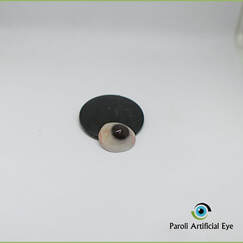 An Artificial Eye, or Prosthetic Eye An Artificial Eye, or Prosthetic Eye An Artificial Eye is a type of prosthesis used to replace a removed or damaged eyeball. It has two goals. The first is to aesthetically replace the removed/damaged eyeball to make it look like it was never damaged/removed. 2nd is to maintain the space of the eye socket where the previously removed eyeball is located. Who usually wears Artificial Eyes? 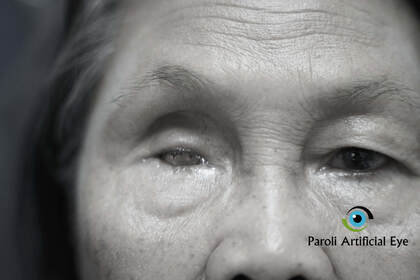 Photo of a patient who lost her eye because of an Infection. Photo of a patient who lost her eye because of an Infection. People who experienced an end-stage eye disease in one or both eyes and their Ophthalmologist opted to remove the eyeball/s for medical reasons. Others are those who need to have their eyes removed because of a traumatic accident damaging the eye beyond repair. Some people who use an Artificial eye are those who had their eye damaged; however, their Ophthalmologist decides not to remove the eye. Customized vs. Ready-made Artificial Eye Some prosthetic eyes are made readily where a doctor would choose from a tray of many Artificial eyes with different sizes and colors. These ready-made prosthetic eyes are usually cheaper as compared to the custom-made ones. In the long run, they are difficult to maintain, polish, and adjust due to the uncertainty of how it is made. Custom-made prosthetic eyes are customized in such a way that factors such as the size and shape of the prosthetic eye is considered in relation to the patient’s eye socket. Also, the Ocularist can hand-paint the prosthetic eye to make the color of the prosthesis closer to the real eye. Is it a Surgery? No. The prosthetic Eye fitting does not include surgery. Surgeries are usually done before the fitting of an Artificial Eye, and patients would have to wait for another 2 to 3 months to have a prosthesis fitted to them.  Dr Mark Paroli is a board certified Doctor of Optometry in the Philippines. He has special interest in Ocular Prosthesis, Orthokeratology, and Low Vision Rehabilitation. He is an Advocate of children with Low Vision and Myopia Progression Control. He Finished his Masters in Business Administration at the Ateneo Graduate School of Business.
0 Comments
Prosthetic Eye users may need to take extra precaution when handling their Prosthetic Eyes.Almost all the countries in the world has been caught off-guard with one of the most infectious Viruses in history. Many economies have shut down, including the Philippines. In fact, as of May 7, 2020, the Philippine's Department of Health has recorded a total of 10,343 cases nationwide, a 339 increase from the day prior, where 8,040 of them are considered as active cases. So, what does this mean for a person who uses a Prosthetic Eye, or an Artificial Eye? With this data, a person who mishandles using an Artificial Eye in the Philippines may be at risk of transmitting or getting the virus. Here is why: The virus may be Transmitted/Acquired via the Nose, Mouth, and through the Eyes. The current understanding of how the Covid-19 works is mostly based on how most coronavirus works. It is believed to spread from person-to-person via respiratory droplets produced by an infected person, for example, when they sneeze or when they cough. Also, the virus may live on surfaces for hours. It may be transmitted to a healthy person when they touch a contaminated surface, followed by touching their face, particularly on one's Nose, Mouth, or Eyes. This is why the CDC and WHO recommend diligently washing and disinfecting a person's hands with Anti-Bacterial Soap or Alcohol. How does this affect a person using a Prosthetic Eye or an Artificial Eye? There will be times that a person who is using an Artificial Eye may need to remove their Prosthesis. Especially when they need to adjust their prosthetic eye or if it is time for their routinely cleaning. This mishandling may be risky for a person if they do not correctly clean both their Prosthetic Eye and their hands. What can we do? CDC and WHO have recommended of diligently disinfecting our hands to avoid any human-to-human transfer through the hands. Therefore, during the cleaning of the Prosthetic Eye, a patient should wash their hands with an anti-bacterial soap before and after handling their Prosthetic Eye. When it comes to cleaning the Prosthetic eye, an anti-bacterial soap may also be used to disinfect the Prosthesis. Another good way to disinfect a Prosthetic Eye is via soaking it in a Contact Lens solution, particularly a Hydrogen Peroxide based solution, which is an effective Virucidal solution. One should remember to rinse the Hydrogen Peroxide solution properly before inserting it again in the eye socket. Cleaning the surrounding may be beneficial to lessen contact with things that are usually touched (example, Door Knobs, Car Keys, Eyeglasses, TV remote, etc.). Soap, Alcohol and Chlorine bleach are effective tools to clean surfaces. To be specific, SARS-CoV-2 can be neutralized by lipid solvents including ether (75%), ethanol, chlorine-containing disinfectant, peroxyacetic acid and chloroform except for chlorhexidine. You may refer to EPA's website for a more complete list of disinfectants. I often tell my patients the Glitter principle, especially when handling their Ocular Prosthesis. The glitter principle simply means the person should always imagine their hands being filled with glitters, and the rule is they don't want any of the glitters to get on any part of their face. To make sure that there is not glitters in their hands, they should often remove the imaginary glitters by washing their hands using anti-bacterial soap. This has been helpful in both my Contact Lens and Ocular Prosthesis patients. Praying for everyone's safety! If you have any questions about Artificial Eye, you may email me at [email protected] Reference: Beat Covid-19 today: A Covid-19 Philippine Situationer, Issue 11, May 08, 2020 www.aao.org/headline/covid-19-background-primer-ophthalmologists www.allaboutvision.com/conditions/coronavirus-and-your-eyes Aaron Green, Chen Shen and Yaneer Bar-Yam, Coronavirus guidelines for cleaning and disinfecting to prevent COVID-19 transmission, New England Complex Systems Institute (April 9, 2020) 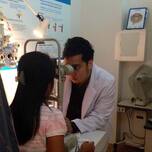 About the Author: Dr Mark Paroli is a board certified Doctor of Optometry. He has special interest in Ocular Prosthesis, Orthokeratology, and Low Vision Rehabilitation. He is an Advocate of children with Low Vision and Myopia Progression Control. He Finished his Masters in Business Administration at the Ateneo Graduate School of Business. |
Welcome to my blogsiteThis is where my updates and stories about my practice in the art of making Artificial Eyes are posted Archives
July 2021
Categories
All
|
First time to wear prosthesis? Consultations are free!
|
HoursTues-Sat: 11:30am - 5:00pm
SM City Clark, Clark Field, Pampanga |
Telephone(045)499-0122
09324617478
09268903097
|
|

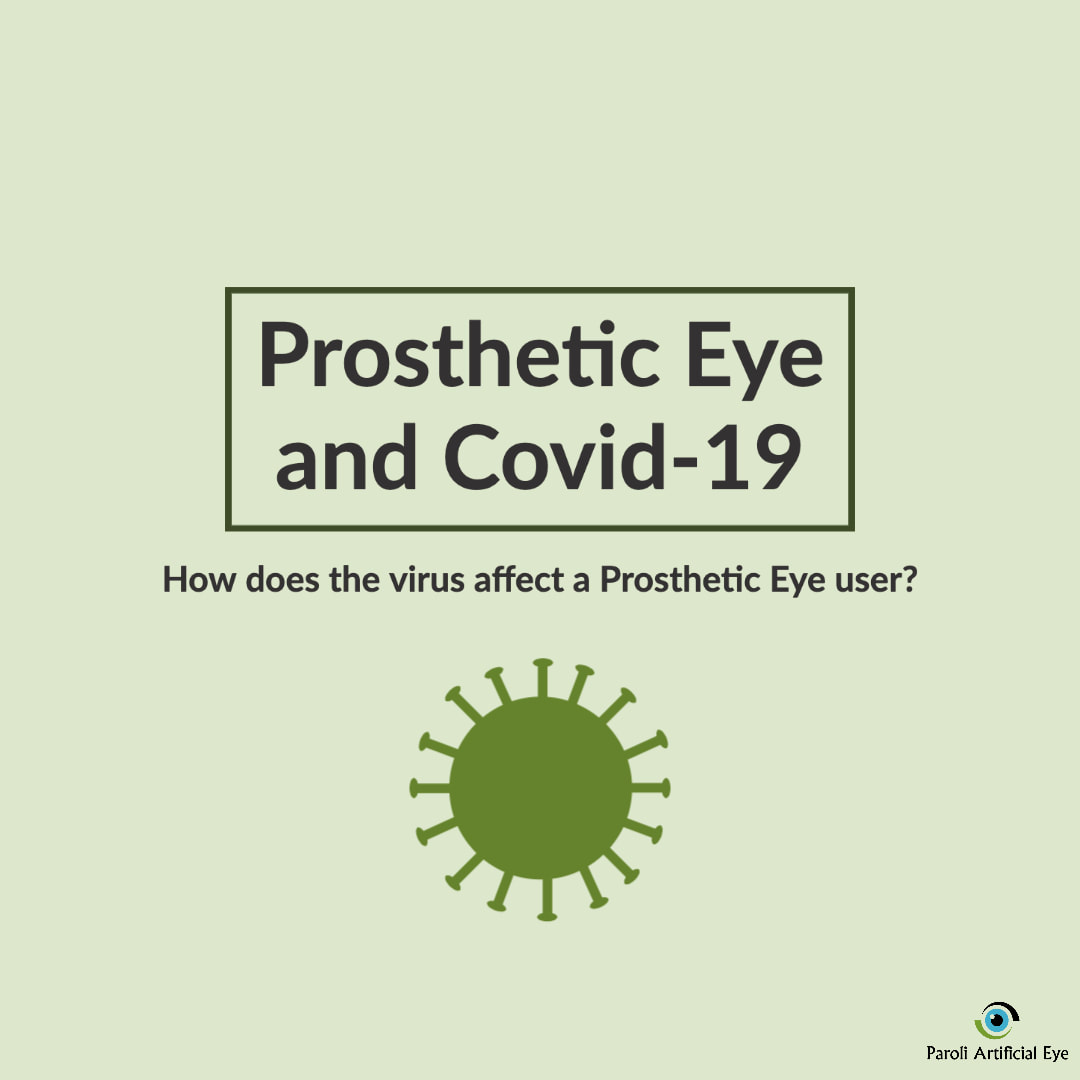
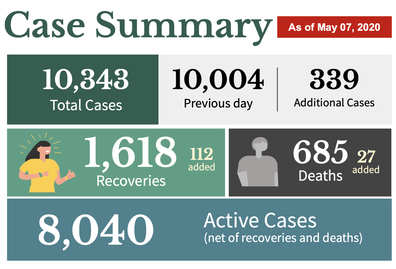
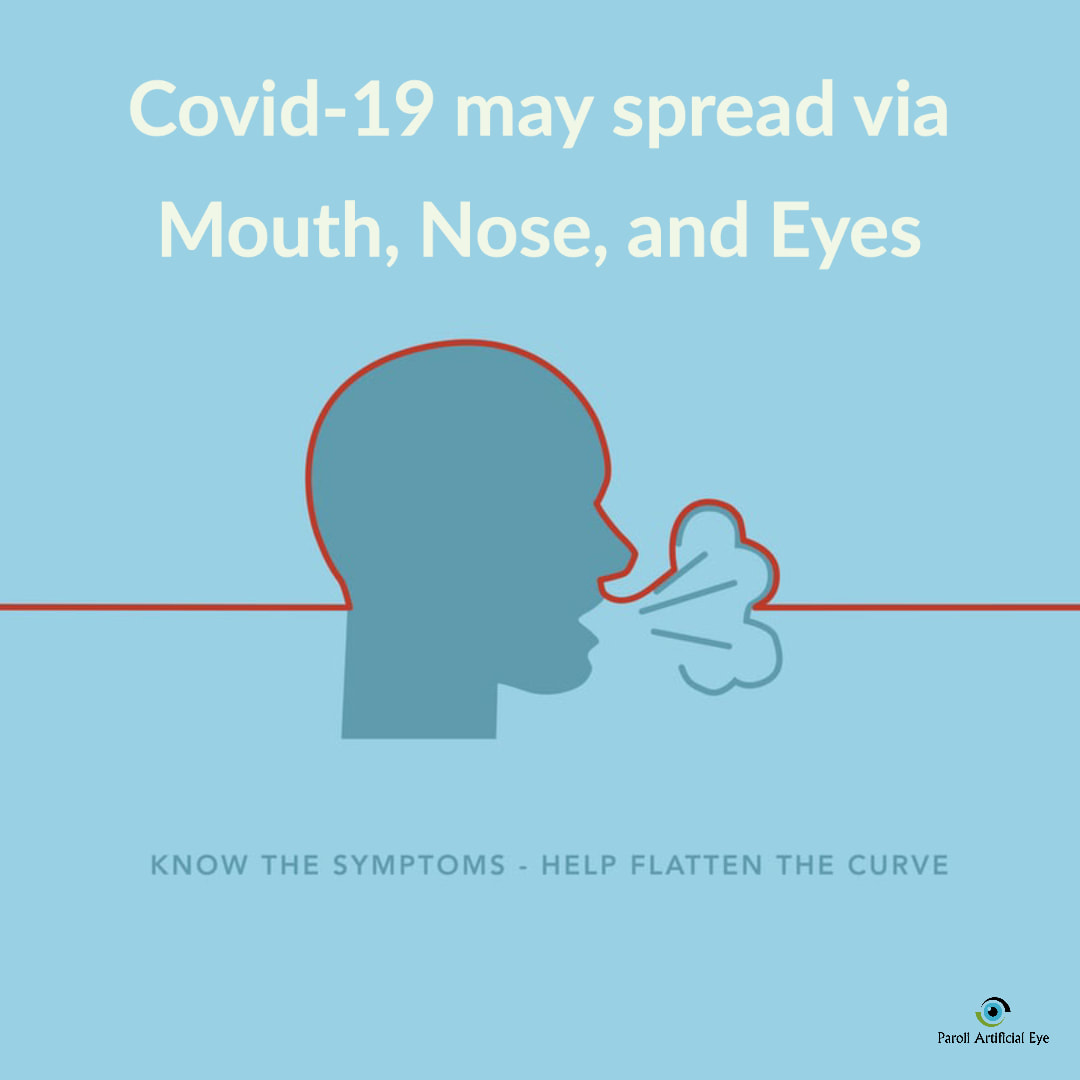
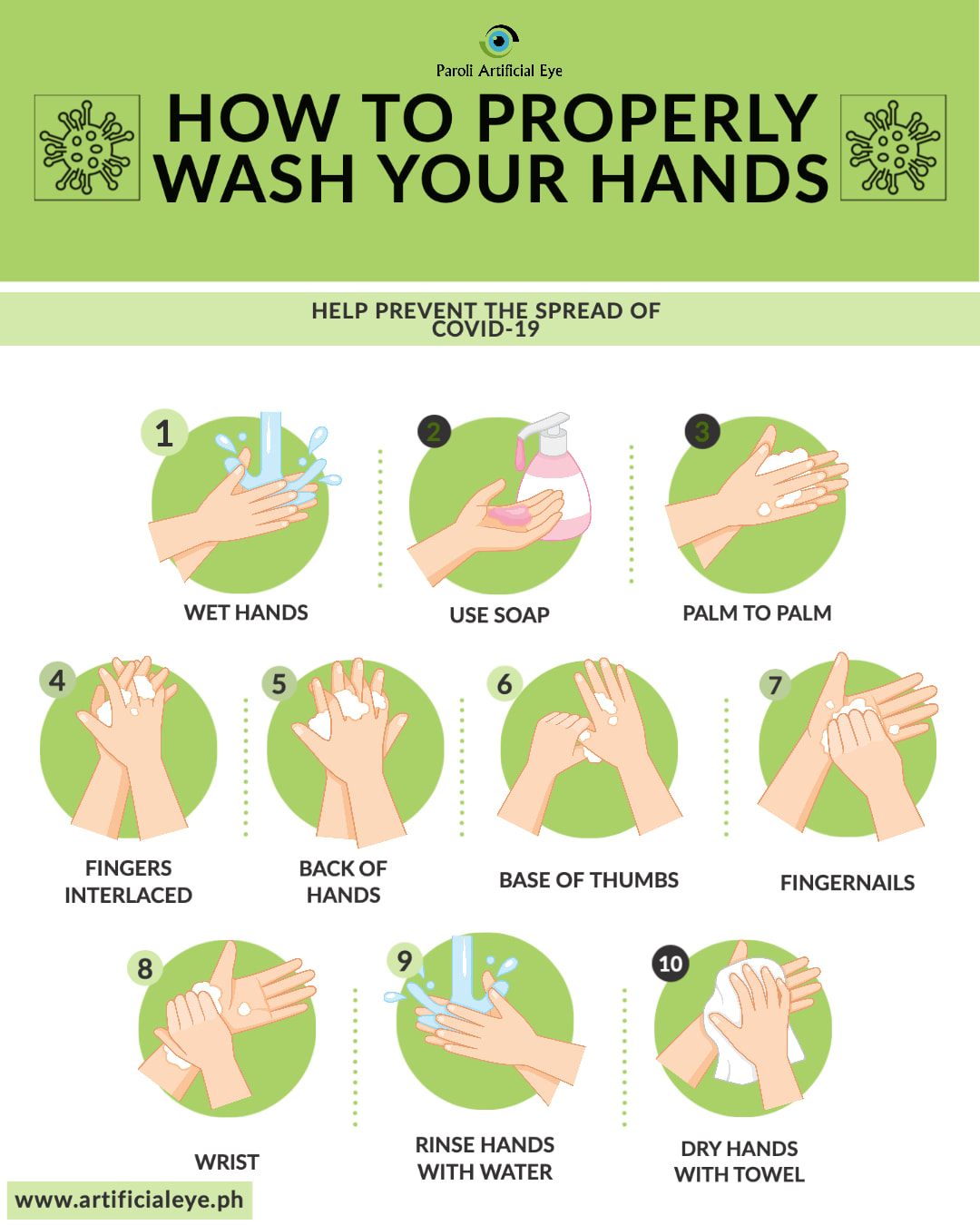

 RSS Feed
RSS Feed